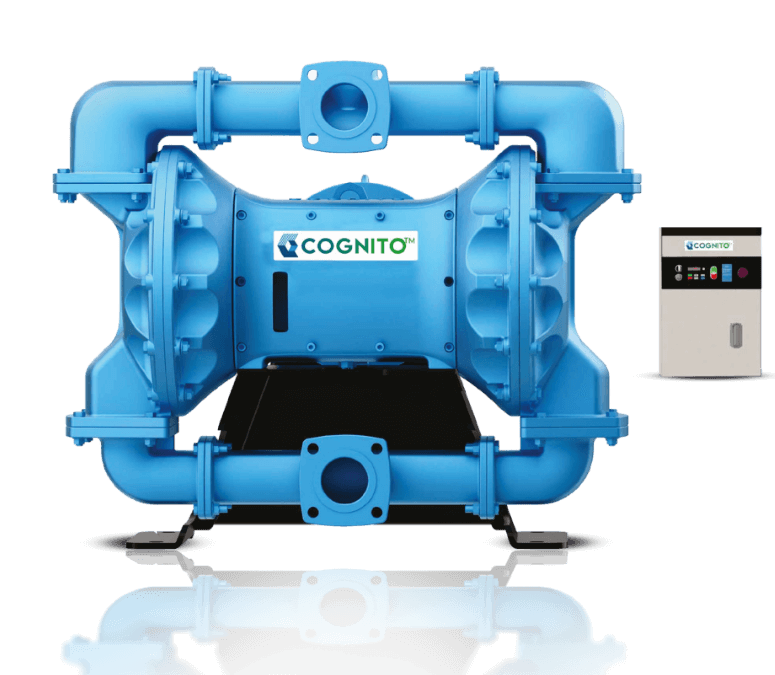How LC Meters are Transforming Liquid Management in Industrial Settings
 |
| How LC Meters are Transforming Liquid Management in Industrial Settings |
Managing liquids involves overseeing the movement, pressure, and distribution of fluids within a system. This can encompass a range of technologies and approaches tailored to needs. The main components include:
1. Regulating Flow
2. Controlling pressure
3. Monitoring
4. Implementing Automation
Liquid management entails controlling the
flow rate, pressure, and distribution of fluids within a system. It plays a
role in sectors such as water treatment, chemical processing, and fuel
distribution. Accurate measurement and monitoring of flow and volume are vital
to ensure safety and operational efficiency. Modern liquid management systems
often integrate automation to boost precision and effectiveness.
Liquid management is pivotal in industrial settings
as it guarantees safety, efficiency, product quality, environmental compliance,
and adherence while facilitating automation capabilities and real-time
monitoring. Effective liquid management prevents unwanted incidents, optimises
resource utilisation, upholds product standards, mitigates environmental
impact, steers clear of complications, all while enabling streamlined
automation processes alongside monitoring.
Applications of Liquid Management Across
Various Industries
Liquid management holds significant
importance across diverse sectors due to its impact on safety measures as well
as operational efficiency and product quality.
In industries such as chemical processing,
pharmaceuticals, food and beverage, water treatment, oil and gas automotive,
power generation, and environmental management, liquid control plays a crucial role.
It helps in accident prevention, resource optimisation, maintaining product
quality, ensuring water supply, leak prevention, improving machinery
performance, efficient plant operation, and reducing environmental impact.
Custody meters and flow meters are tools in
settings for monitoring the flow of liquids and gases. Here's an overview of
each:
Custody Meter
A custody meter is a device used to measure the amount of fluids or gases
exchanged between parties for financial transactions. These meters are crucial
in sectors like oil and gas production, water distribution systems, and
chemical processing plants. They are designed to be highly accurate and
reliable while meeting industry standards to ensure discrepancy-free dealings.
Flow Meter
A flow meter determines the volume of liquid or gas passing through a
system. These meters are utilised across industries to oversee flow rates for
safety and efficiency purposes. There exist types of flow meters, including
pressure meters, turbine meters,
positive
displacement meters, Coriolis meters, and ultrasonic meters—each
employing distinct methods to measure flow rates.
Distinguishing Factors
Custody meters and flow meters serve unique purposes. Custody meters are
utilised for transactions, while flow meters are employed for general
process oversight. Custody meters boast precision while flow meters adhere to
more stringent regulations.
LC meters in industrial settings
LC meters, also known as liquid control
meters, represent a type of positive displacement (PD) meter renowned for their
exceptional accuracy and reliability in gauging liquid flow. They have
significantly transformed monitoring in contexts by offering various key
features and advantages. LC meters are recognised for their accuracy, minimal
wear and tear, adaptability, low pressure impact, and robustness. They offer
measurements that minimise wear and tear, accommodate liquids, operate
efficiently under low pressure conditions, and are designed for longevity.
LC meters revolutionise monitoring by boosting efficiency, lowering
expenses, demonstrating versatility, and ensuring adherence to regulations.
They deliver measurements that lead to efficient processes and reduced waste.
Their resilience and minimal upkeep save costs over time. Capable of handling
liquids while meeting industry benchmarks instil trust in industrial liquid dealings.
In the oil and gas sector, chemical
processing, pharmaceuticals, and food and beverage industries, these meters
play a role in custody transfer processes. They are vital for ensuring
measurements, which in turn lead to efficient operations, reduced wastage, and
compliance with regulatory standards.
LC meters by IDEX
IDEXs Liquid Control (LC)
meters are renowned for their precision and dependability when it comes
to measuring flow. These meters employ a motion displacement mechanism to
achieve precise readings while minimising wear and tear. Their cast case design
results in a pressure drop, making them suitable for a range of liquid types.
With sizes from 1.5" to 6", LC meters can handle varying flow rates
up to 4000 LPM. These meters are designed for longevity. LC meters find
application in tasks such as custody transfer of petroleum products, monitoring
liquids like chemicals and aviation fuels, and bulk measurement during loading
and unloading activities. To ensure accuracy in measurements, additional
components like air/vapour eliminators, strainers, valves, or
mechanical/electronic registers can be added. Liquid control plays a
role in industrial processes by influencing safety standards, operational
efficiency, and product quality.
Conclusion
IDEXs LC meters have transformed fluid management with their precision, dependability, and adaptability. With their displacement structure, low pressure impact, and diverse utility across sectors such as oil & gas, chemicals, and pharmaceuticals, these meters have become indispensable tools. Integrating LC meters into industrial processes enables companies to enhance efficiency, lower expenses, and maintain conformity, ultimately boosting overall effectiveness.



Comments
Post a Comment